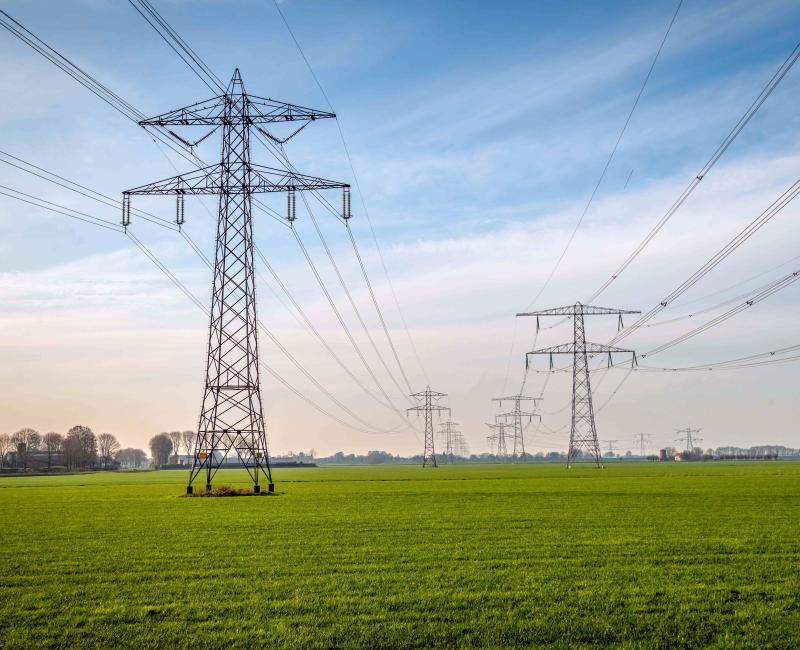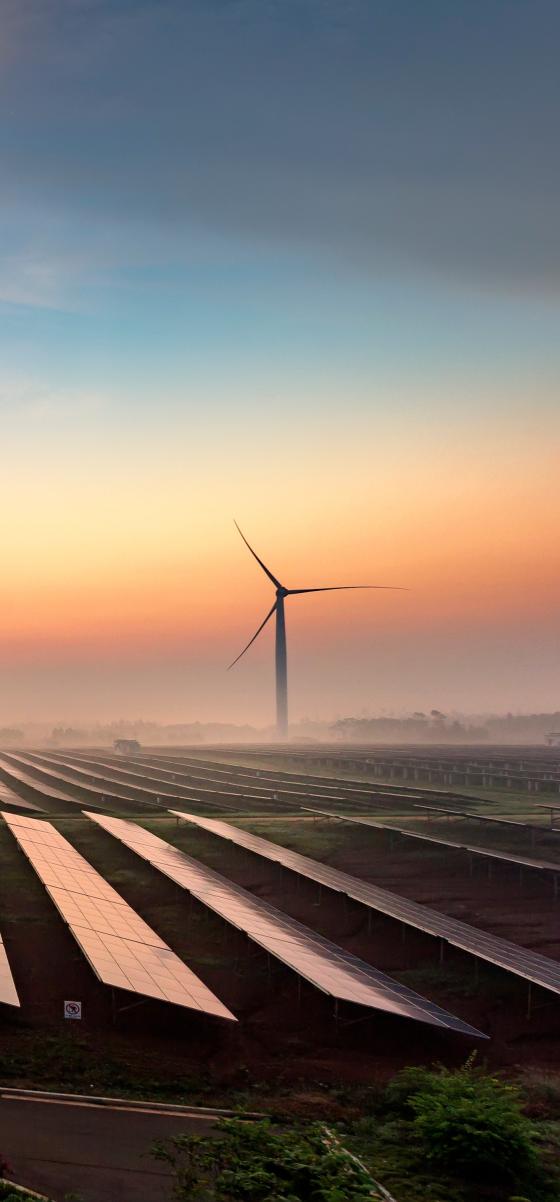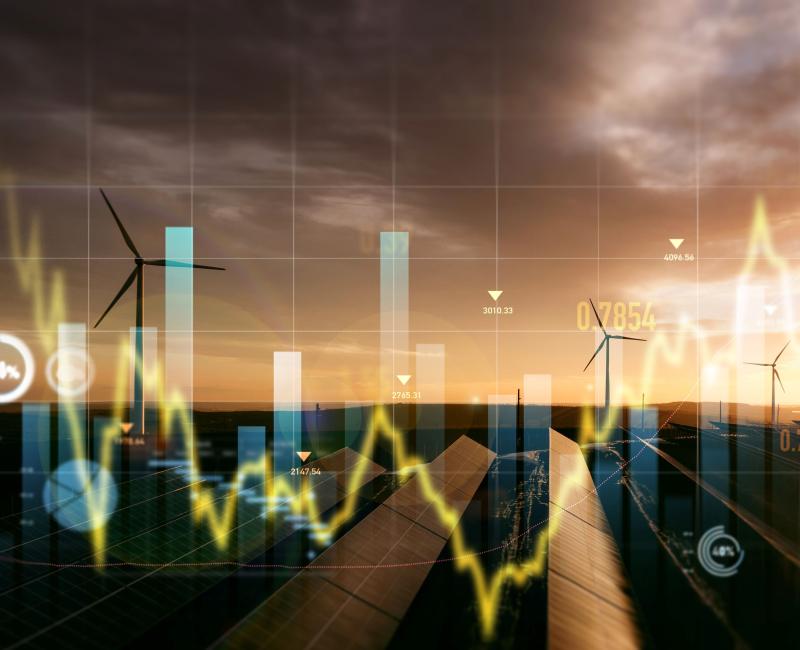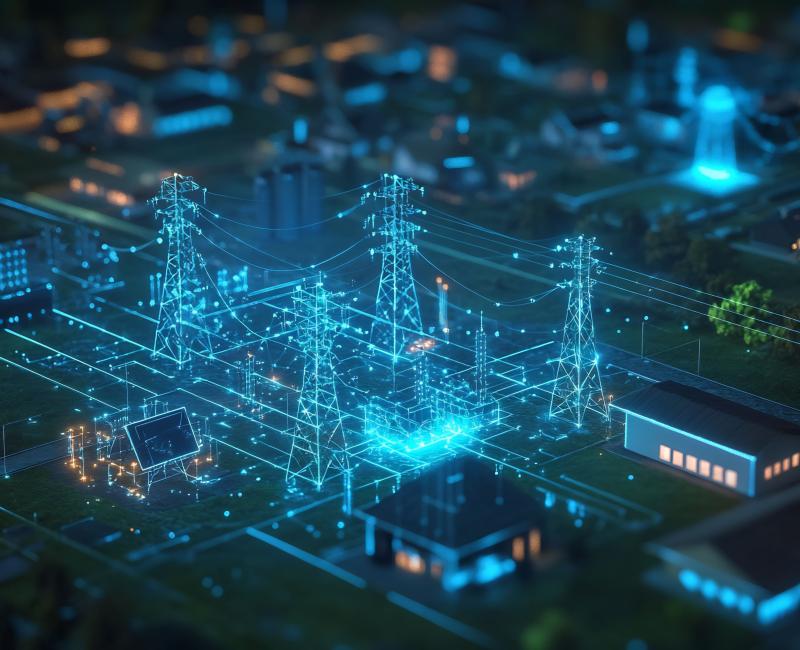ACER calls for greater clarity in German gas transmission tariffs proposal

ACER calls for greater clarity in German gas transmission tariffs proposal
What is it about?
Today, ACER releases its report on the German gas transmission tariffs directed at the Bundesnetzagentur für Elektrizität, Gas, Telekommunikation, Post und Eisenbahnen (BNetzA), the national regulatory authority (NRA) of Germany.
The report assesses the compliance of the proposed reference price methodology (RPM) with the requirements of the Network Code on Harmonised Transmission Tariff structures (NC TAR).
What is the proposed RPM about?
The German NRA proposes to:
- Apply a postage stamp RPM with uniform entry and exit tariffs.
- Use conditional products with discounted tariffs.
- Use non-transmission services, including metering at exit points (for both end-users and distribution networks) and alternative nomination procedures for gas deliveries.
What are the key findings?
After analysing the consultation document, ACER concludes that:
- The RPM complies with the requirements of the network code on transparency, non-discrimination and volume risk.
- Due to insufficient information on regional networks, ACER could not assess the compliance of the proposed tariffs with the principles of cost-reflectivity, avoidance of cross-subsidisation and prevention of cross-border trade distortions.
- While the criteria for setting metering charges are met, ACER could not assess whether the proposed tariff methodologies for alternative nomination procedures comply with NC TAR principles.
What does ACER recommend?
ACER recommends that the NRA, when adopting its final decision:
- Assess regional networks and allocate their costs in a compliant way, in line with EU rules and ACER’s guidance.
- Provide more clarity on how discounted tariffs for conditional products are calculated.
See all ACER reports on national tariff consultation documents.











